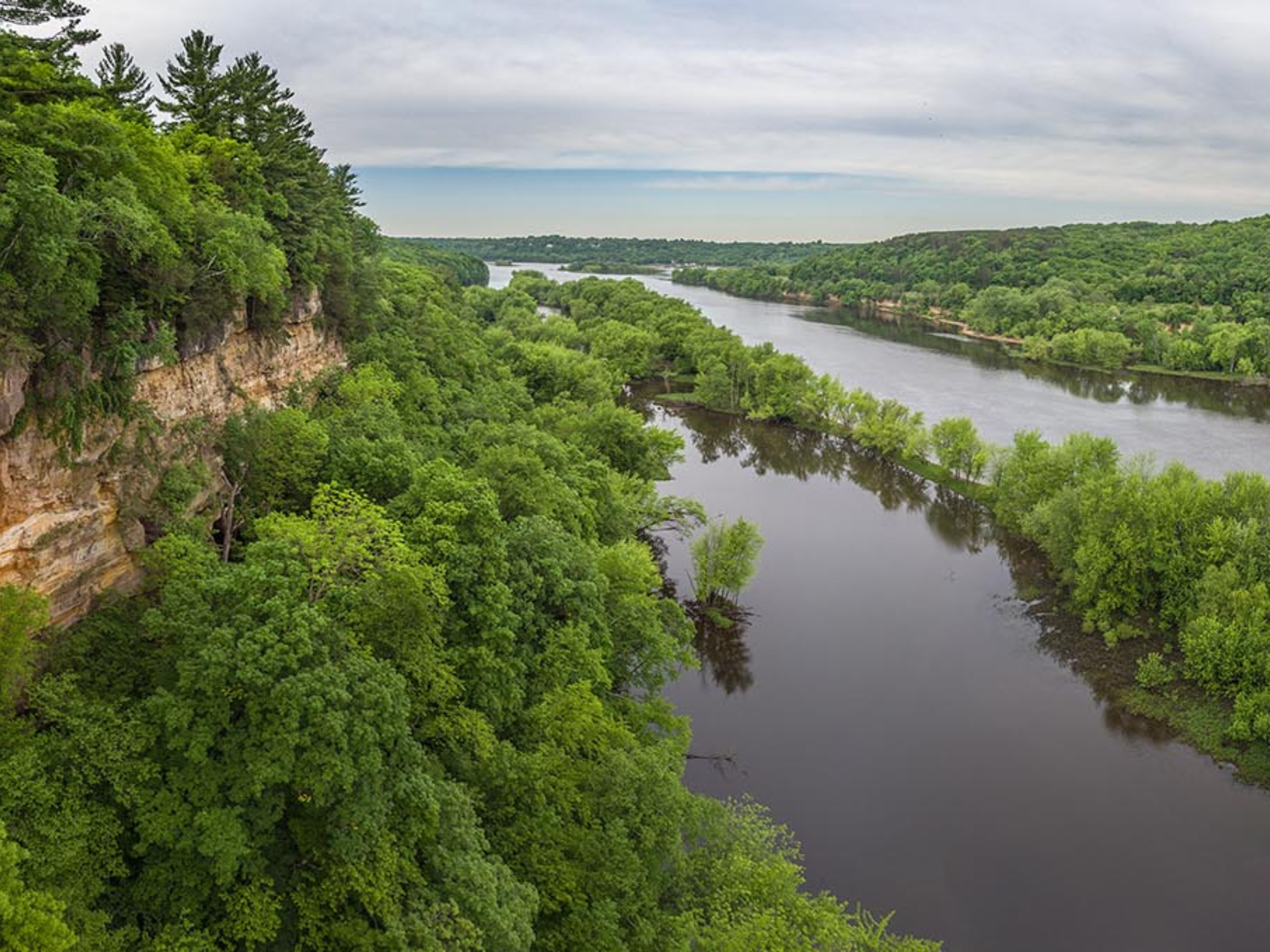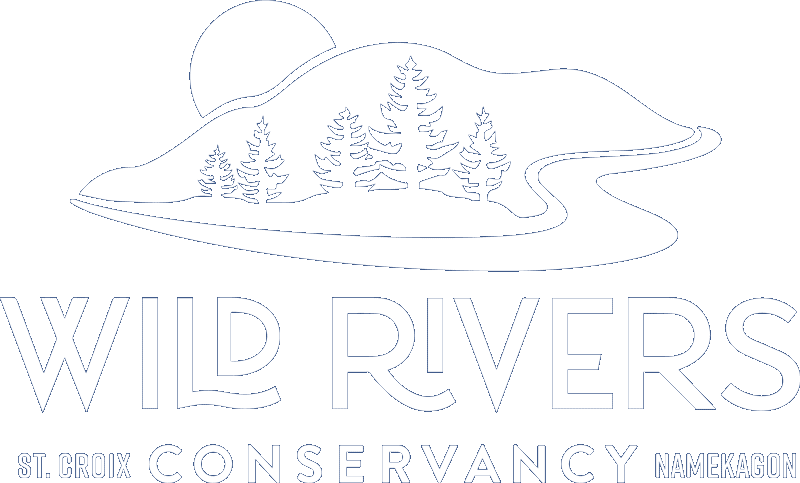The St. Croix watershed is a place of wonder and immense beauty. Many of us have made lifelong memories in the natural areas of the watershed whether it be through fishing on the Namekagon, hiking at our state parks and forests, or kayaking along the Dalles on the St. Croix. If people had not fought for wild and scenic designation in the 1960’s, today’s experiences would be vastly different.· People collaborated to create a framework and toolbox for cooperation that federal, state, county, and local partners along with private citizens can employ to protect what they love and value about the St. Croix River.
Although the status of the St. Croix as a Wild and Scenic River comes with federal protections, it applies only to a thin ribbon of land adjacent to the Riverway. Beyond the Riverway boundary, more than 75% of the watershed’s forest habitat remains in private holdings and the threat of development, fragmentation and conversion to agriculture is substantial. It will take people to protect large intact forest patches, sustain riparian forests, and restore and protect lands that are important for climate resiliency, and natural resources that make this place so special. So what can private landowners do?
The most popular option landowners use to protect their land is enrolling in a conservation easement program. Landowners who choose this option would sign a voluntary, legal agreement with a local land trust or government agency to restrict development on the property in order to protect its natural features.

This program differs from most others since landowners keep ownership of their land and retain the right to use and manage the land in line with the terms of the easement. Conservation easements can be tailored to the landowners specifications depending on who the landowners sell or donate their easement to. Donating can be particularly beneficial since it could potentially be claimed as a tax deduction. Some easements can last several decades but most are permanent and will protect the land for future generations, even when sold to a different party.
Fee-title acquisition is another popular option. Through this program, landowners sell the full rights of their land to a land trust or government agency such as the DNR or the Trust for Public Land in exchange for monetary compensation. Once sold, the land is permanently protected for future generations by being converted into conservation and natural resource land open to public access. The property is then managed by the purchasing agency, oftentimes the Wisconsin DNR, the Minnesota DNR, US Fish and Wildlife Service or local counties.
Aside from these two main options, there are a multitude of additional programs landowners can look into to permanently protect their land and legacy. If you are interested in learning more about permanently protecting your land, please consider reaching out to Wild Rivers Conservancy to learn more.
For more information about permanent land protection options, reach out to Alexis Monti, Climate Resiliency Specialist.
Photo Credit: Craig Blacklock
